
Xeriscape costs depend on materials, the size of your yard, and if you DIY. This guide will help you determine what your xeriscaping project will cost.
Don’t be afraid to get your hands dirty


Learning how to beautify the landscape around their home is a right of passage for homeowners. While the interior of the home gets its fair share of attention, the exterior is what makes the first impression on guests and passersby. Taking the time to get the landscape around your property right can make coming home even better. Here are eight tips to take the landscaping around your home to the next level.
To start landscaping around your house, planning your yard is the first step. Before you grab your shovel and start digging, figure out which plants you want and where they will go. But that’s easier said than done, as there are many elements to consider before you dig the first hole:
Make sure there’s enough room by the driveway to get out of the car.
Delineate walking paths and stairs.
Know your hardiness zone, and pick the ideal plants for your area.
Consider window placement so the plants don’t obstruct the view.
Observe sunlight patterns to determine which areas get full sun, partial sun, or shade.
Know how large plants will be when fully grown.
If you’re unsure where to start, a landscape designer near you can assess your property and needs and help you lay out a landscape plan.
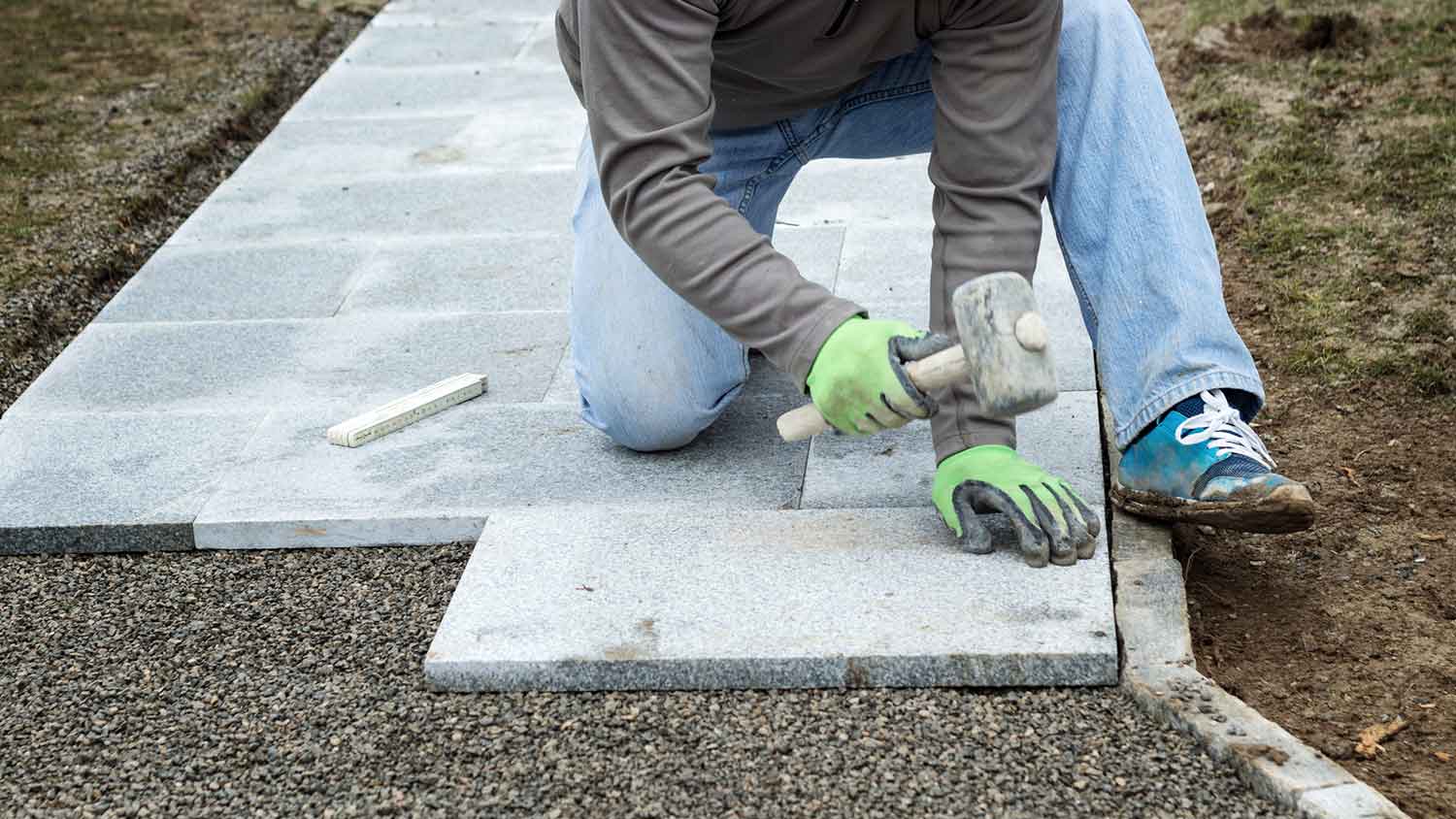
Hardscapes are the fixed elements that give the landscaping structure and serve specific functions. These include the driveway, retaining walls, stairs, walkways, deck or porch, fencing, fountains, fireplaces, and patios. Hardscapes require some construction, and you may need to hire someone to regrade your yard.
Because hardscapes are permanent, install them first to give you a clear idea of where the plants, trees, and shrubs should go. You can also plan landscaping around transformer boxes, utility boxes, and telephone poles.
Rain, snow, and foot traffic can pack down the soil around the house over time, so before you begin planting, work the soil to loosen it up and encourage root growth. This is also a good time to add fertilizer and organic matter to enhance the soil, making it ideal for plant growth. You can lock in these nutrients by planting your flowers in mulch. You can make your mulch from organic matter in your yard, like pine needles and leaves.
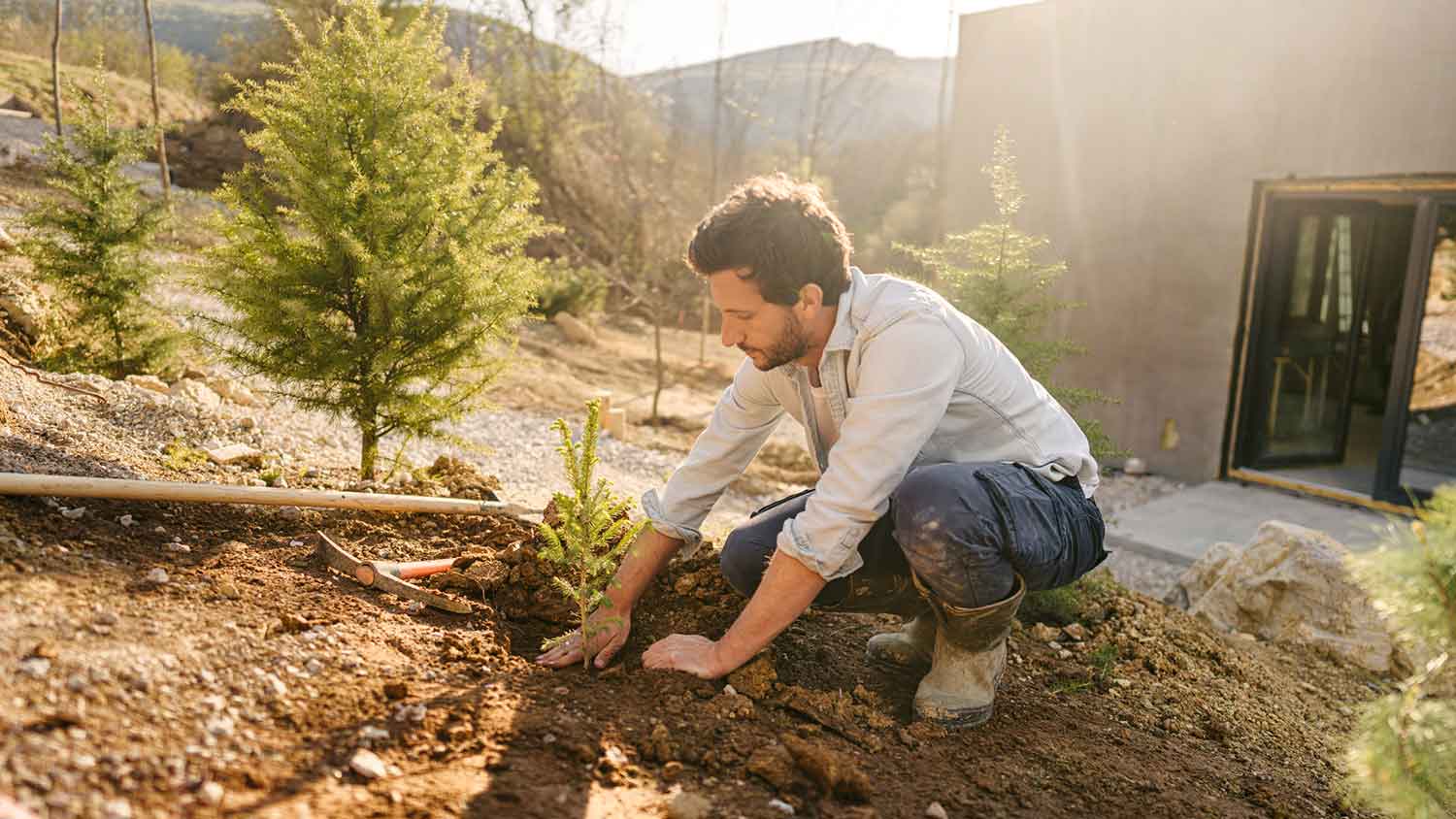
Trees act as an anchor for your landscape design—since they grow larger than other plants—and will most likely be a permanent addition to your yard, so choose their location wisely. The location and your climate will also impact the type of trees you choose. Warm-weather and heat-tolerant trees include ash, cedar, crape myrtle, and poplar. Cool-weather and cold-tolerant trees include maple, birch, oak, and pine.
Shape and size will also impact where you’ll plant trees. For instance, if the tree is right by the front door, you’ll want to choose an ornamental tree that stays small rather than a sprawling maple. If you’re looking for ample shade, a sycamore, maple, or birch is the way to go.
The first step in choosing the right plants is to know your hardiness zone, the level of sunlight in the area, and the first and last frost dates. Certain plants thrive in cooler, northern climates and need full sun, like showy stonecrops or peonies, while others love the heat of southern climates but prefer shade like the Japanese painted fern or cushion spurge.
In addition to considering the size and shape of the plants, factor in their leaf shape, color, texture, and whether they’re flowering plants. Vary these combinations throughout the space to create contrast in the landscape.
Foundation plantings serve a dual purpose. First, they’re the perennial plants that form the foundation for garden beds and come back year after year. These plants offer more structure than annuals, often in the form of shrubs and small trees. You’ll find them planted around the foundation of a home to transition between the straight lines of the structure and the natural forms of flowers and plants in the landscape.
You can get creative with the shapes and exert more control over the form by pruning shrubs into spheres or cone shapes or squaring them off to reflect the lines of the home.
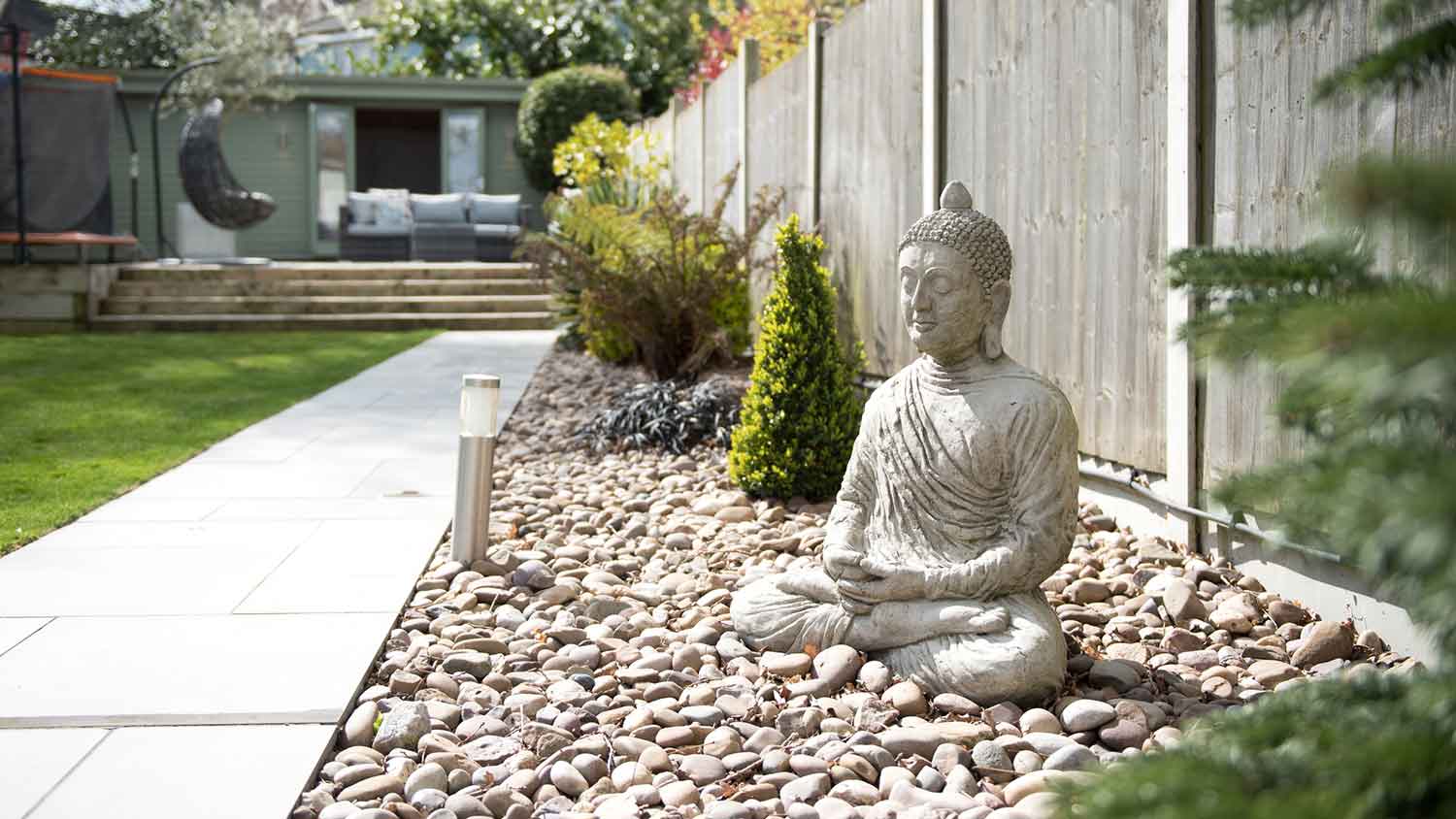
When you’re learning how to do landscaping, don’t forget to add your touch to your garden. While the plants you choose reveal your taste, you can add even more personality after you’ve achieved your flower bed ideas. Choosing planters that reflect your style and complement the home can add a beautiful design touch, and you can even restyle them for each season. Add garden accessories like solar lights, bird feeders, wind chimes, decorative stones, fountains, and more to customize the space.
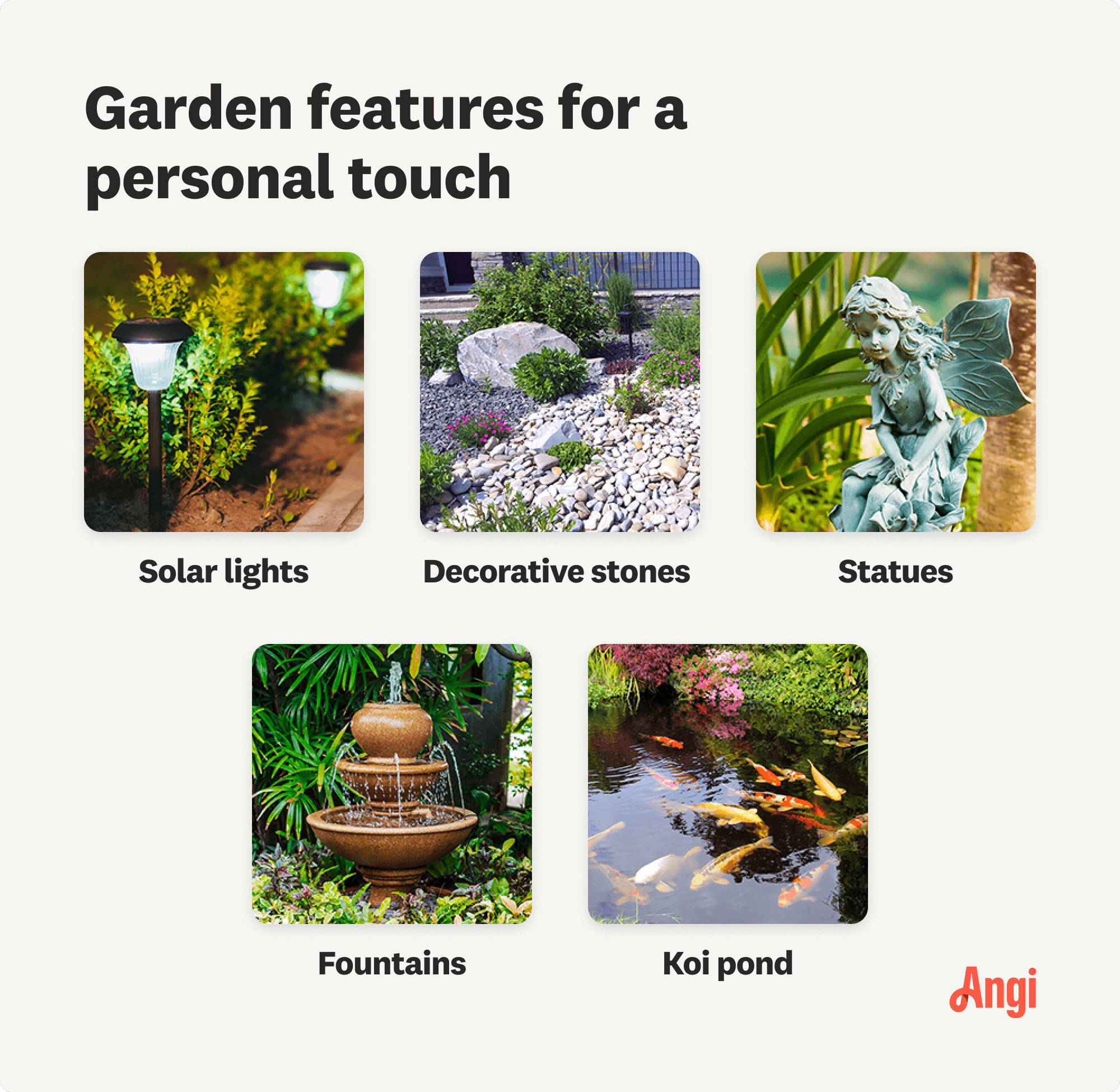
After completing the initial installation, all that’s left to do is maintain your landscaping for the season. Landscape maintenance includes tasks like watering, weeding, and pruning. If you keep up on it, it shouldn’t take too much time out of your day, but if you get behind, you may need to set aside a day to get everything tidied up. You can also hire a professional landscaper to handle regular maintenance and take care of mowing, trimming, and leaf cleanup.
From average costs to expert advice, get all the answers you need to get your job done.

Xeriscape costs depend on materials, the size of your yard, and if you DIY. This guide will help you determine what your xeriscaping project will cost.

Leveling your yard can help with drainage and prevent damage to your home. Learn the cost to level a yard in Columbus, OH, and what factors can affect the price.

From your flower beds to your walkway, river rocks make a classic addition to your landscape. Learn about the cost to install river rock to set a proper budget.

If you have a hilly property, erosion can threaten your drinking water, soil, and plants. Fortunately, these tips can teach you how to stop erosion on a slope.
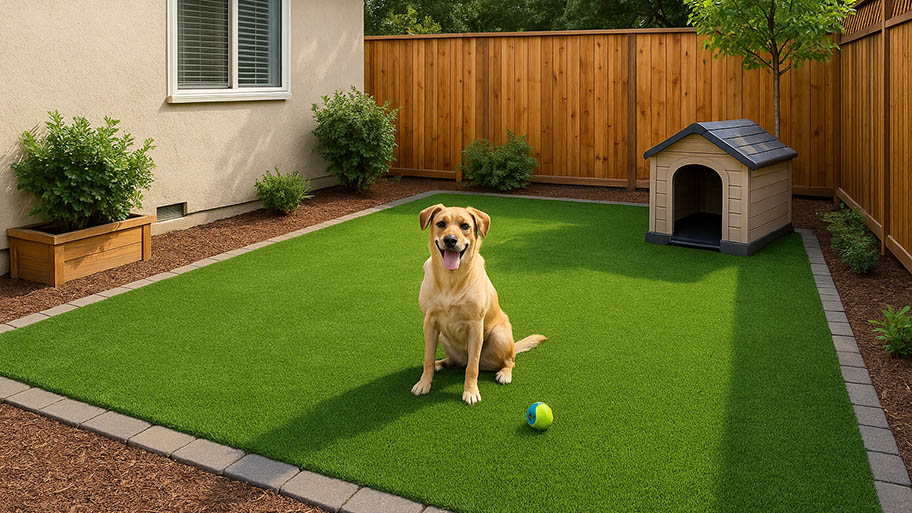
Liven up dull concrete spaces by installing artificial turf. Learn how to install artificial grass on concrete in just a few hours.

Regrading around your foundation can help prevent water damage to your home. Learn how to build up soil around the house foundation for better drainage.